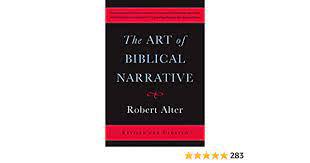
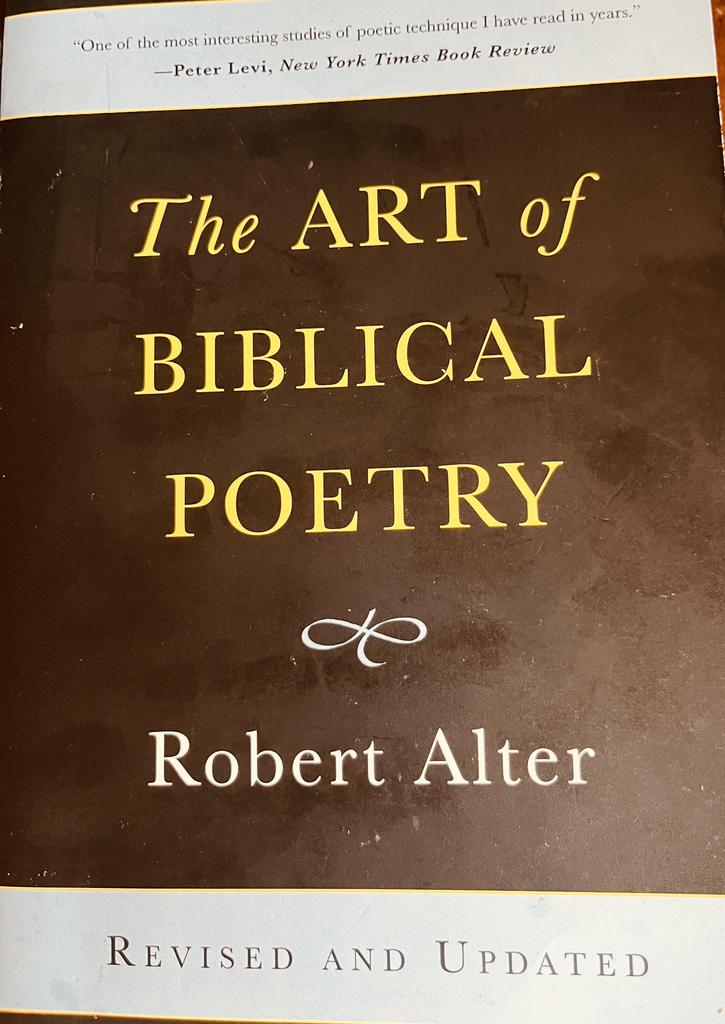
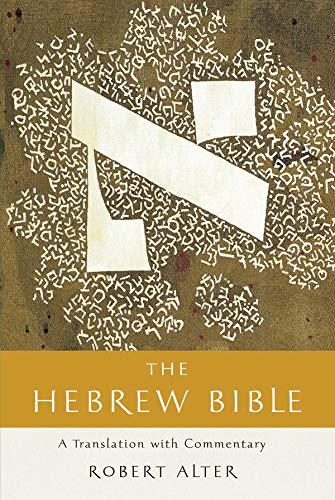
[MS: In his commentary on Parsha Balak, Alter corrects several common mistakes in translations. They are mistakes of omission, that is, omitting points of view supported by the text and scholarship that are essential context for good translations. Here are my thoughts on Alter's point of view and how to use his methods to read and translate a parsha.
First: Don't Skip Alter's Essays - Alter explores translation issues in his essay Introduction to Numbers, and in the Notes on the parsha. Alter's Introductions and Notes are frequently skimmed over, or not read at all. See several examples and discussions of his Introductions in Robert Alter MS Sefaria Sheet Collection, here. That is a big oversight.
Second, Use the Bible's literary style: this parsha (Balak has poetry inserted in the usual prose narration. Don't translate them the same way, different tools apply to poetry inserted in a parsha, verses poetry in a psalm.
Generally, translators should anchor translations in the context of the Bible's literary styles.
Alter explains, in several books, that poetry inserted into Biblical narration is a special literary technique. (This point was discussed last week. For comments, See Sefaria sheet on the Parsha Chukat. ) Similarly, translations for this parsha, should follow the "Goldilocks" repetitions, discussed below.
Third, the bits of poems inserted in the Biblical narrative are ancient and are evidence of an ancient literature that is reworked in the Book of Numbers to show the Jewish way of one God, ie monotheism. If the facts confirm the existence of a text older than the parsha: Don't ignore the elephant in the room - but rather focus on the Bible's reworking of ancient texts and see the messages from the reworking.
Four: Especially after October 7th and the ongoing war against Hamas, the Parsha challenges Jews in 2024 to feel part of and to embrace, a common history of thousands of years. Don't ignore the reality of a national life described in the Bible. The Bible's religious messages are part of that mix. Jews lived real lives and they have reflected that experience in Bible and Tanach. This is similar to a national literature (like, as Alter has written, Shakespeare's plays about England's Monarchs and its wars etc, or to a literature with fundamental religious messages, like in Dante’s Inferno).
The point I’m making here is that Alter regularly presents these fundamental discussions about translation as a result of a lifetime of scholarship. In contrast, much Bible commentary and translations mistakenly obscure, or ignore, these points of view.
It’s likely other commentators besides Alter, modern or over the millennia, have made some similar points. But, this Sheet is about Alter, so more research is left to readers of Sefaria to investigate and post the results on Sefaria.]
/-/-/-/-/-/-/-/
The "Balaam Text from the Deir Allah" - Extensive research citations in Ancient Israel, 4th Edition, p. 94 & 357 - The Oldest Piece of Aramaic Literature

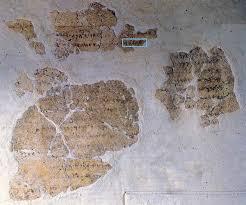
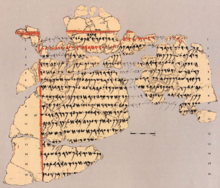
- The Oxford Handbook of Biblical Studies describes the Deir'Allah as "the oldest example of a book in a West Semitic language written with an alphabet, and the oldest piece of Aramaic literature." Link here.
- History vs Literature or Folktales? It's actual history, plus a literature too. By mid 12th century BCE, the ancient Jewish people settled and lived in the Land of Canaan; they became a people there. This led to King David and the early monarchy. See Ancient Israel, 4th edition, editors John Merrill & Hershel Shanks, 2021. pp.73-75.
- Alter: "This selfsame soothsayer [that is: Balaam] is the principal character in an inscription [Deir'Allah] discovered in Jordan in 1967, written in a language that is a close relative of Hebrew, with Aramaic elements, and dating from the eighth century B.C.E.; and so we may infer that he was known as a seer of fabled powers in the traditions of this region, perhaps going back to tales told centuries earlier. His appearance in Numbers, pronouncing blessings on Israel in lofty poetic language, sets this story of Israel on the threshold of its entrance into the land in the large context of the archaic traditions of the region." Introduction to Numbers p.680
- "They don't eat pork" - Were there really Jews living there? Just because the Bible says so, is there historic evidence of national life? “Among the most characteristic features of these people and their lifestyle is the near total absence of pig bones in the archaeological record. … At the same time period, one observes considerable pork consumption amongst the neighboring Philistines. Most striking is the difference in the number of pig bones found at very proximate cities, with the Israelites of Beth-Shemesh abstaining from pork consumption and the Philistines ... including considerable amounts of pig in their diet. “ See Ancient Israel, 4th edition, p. 65, and footnotes. /-/-/-/-/-/-/-/-/-/-/
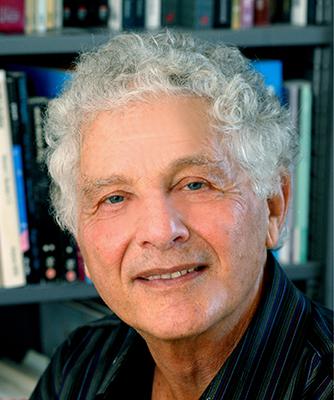
Alter's Introdction to Numbers and Notes on Parshat Balak
(pp 679-81)
"The brilliant centerpiece among these citations of archaic poetry is the oracles of Balaam (chapters 23 and 24), which follow the story of Balaam and his she-ass, tracing a cunning network of analogies to it. That story has often been characterized as a folktale, and there are no other instances of talking animals in the historical narratives of the Bible ....
Especially because, according to prevalent preconceptions, there is no humor in the Bible, it should be noted that this story is quite funny. The humor serves the purposes of a monotheistic satire of pagan notions of the professional seer with independent powers to curse or bless: Balaam the celebrated visionary cannot see the sword-wielding divine messenger who is plainly visible to his ass, and he is reduced to spluttering frustration, finally engaging in an angry argument with his beast of burden....
Balaam expresses his own identity as a seer schooled in the lore of West Semitic polytheists by using animal imagery for God (as the Psalms do), representing Him charging against Israel’s enemies with “wild ox’s antlers.” And yet, this pagan prophet, both through the ingenious turns of the story and through the poetry that is put in his mouth, has been enlisted in the monotheistic cause."
/-/-/-/-/-/-/
Alter: Reading the Bible by recognizing it has a literary style and seeing, as a tool, the Bible's unique "literary style" like Type Scenes
Alter is rightly famous for his classic book, The Art of Biblical Narrative, still in print after over 40 years. Type scenes are a big part of the Bible's literary style. How does the Bible deliver its religious or national or moral messages? Often, by telling a story. There are many ways to tell a story: For example "Once upon a time..." prepares the reader for a fairytale, a myth. The type scene provides a context for a kind of story.
Goldilocks in the Parsha - Folktale Structure
In this parsha, Alter mentions in his Notes, almost in passing, that there is a "Goldilocks and The Three Bears" story structure. It's similar to finding a type scene.
Alter's Notes :
FN24. ..."The story assumes the folktale structure of a crescendo of three repetitions (like “Goldilocks and the Three Bears”) with a climactic reversal or revelation in the third occurrence. What is noteworthy here is the progressive constriction: from road to footpath to a way so narrow that there is no room to move to either side. ..."
FN25. "and pressed Balaam’s leg against the wall. In the progression of three occurrences, first Balaam is caused to make an involuntary detour, now he is caused physical discomfort, and finally he will be totally stymied in his forward movement as the ass crouches down under him."
Here are other examples by Alter:
2 Kings Chapter 1, FN 16. - "therefore from the bed you mounted you shall not come down. "
"The sentence of doom is an invariable element in the three repetitions, and always occurs at the end of the prophetic statement. The three repetitions of the prophecy are joined by the three repeated reports of a captain and his fifty men going up to Elijah. The folktale pattern, often deployed in the Bible, is used in which there are two identical repetitions and then a third that diverges from the first two (as in “Goldilocks and the Three Bears”). [MS: ie Elijah ascends to Heaven in a Chariot of fire]
[And see similarly in 2 Kings 2:4 FN 4.]
/-/-/-/-/-/-/
[MS: Alter, Robert. The Hebrew Bible: A Translation with Commentary - W. W. Norton & Company. This entire Hebrew Bible is available for purchase on Amazon for about $75. In Sefaria quotations, formatting, inserts and edits are supplied by MS, as indicated.]
/-/-/-/-/-/-/-/-/-/
War Against Hamas - Over 280+ days - Our National History Continues.
We remember our past always, ancient and modern. We shall prevail.
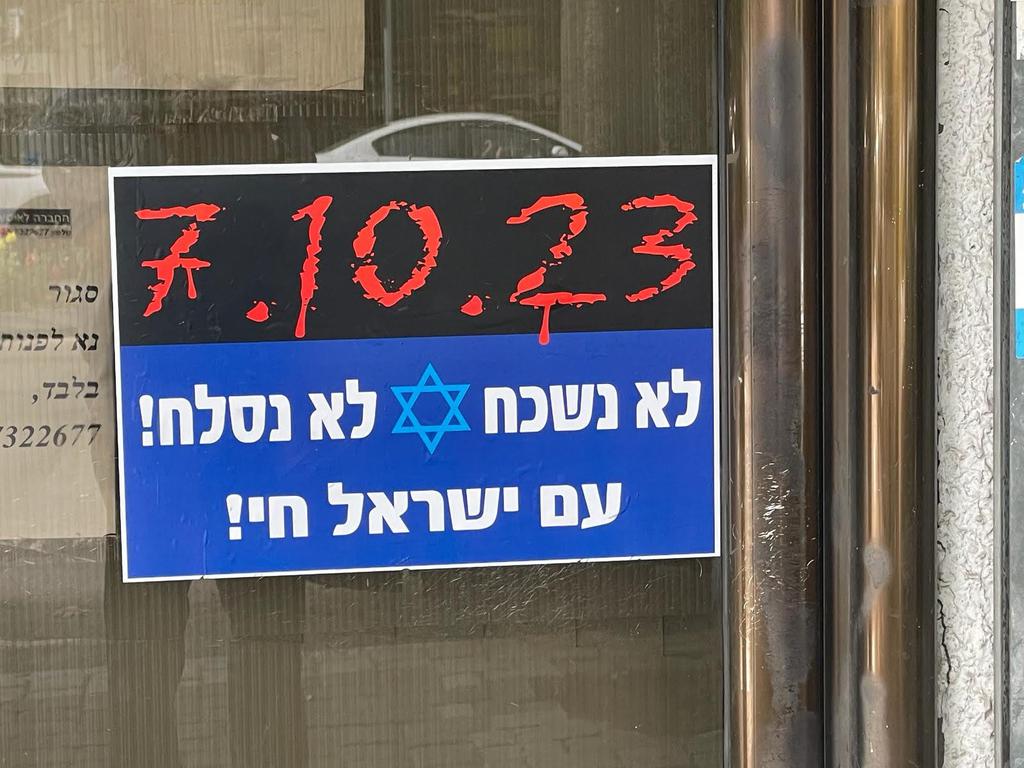
/-/-/-/-/-/-/-/-/-/



